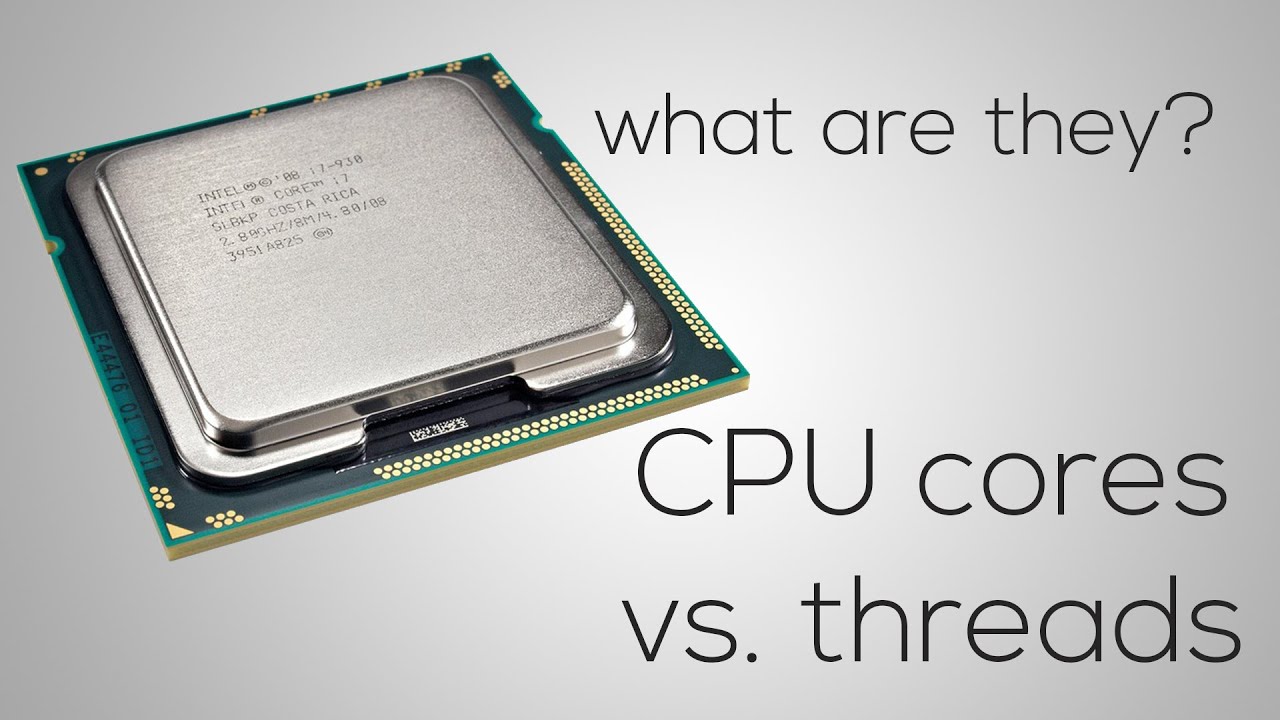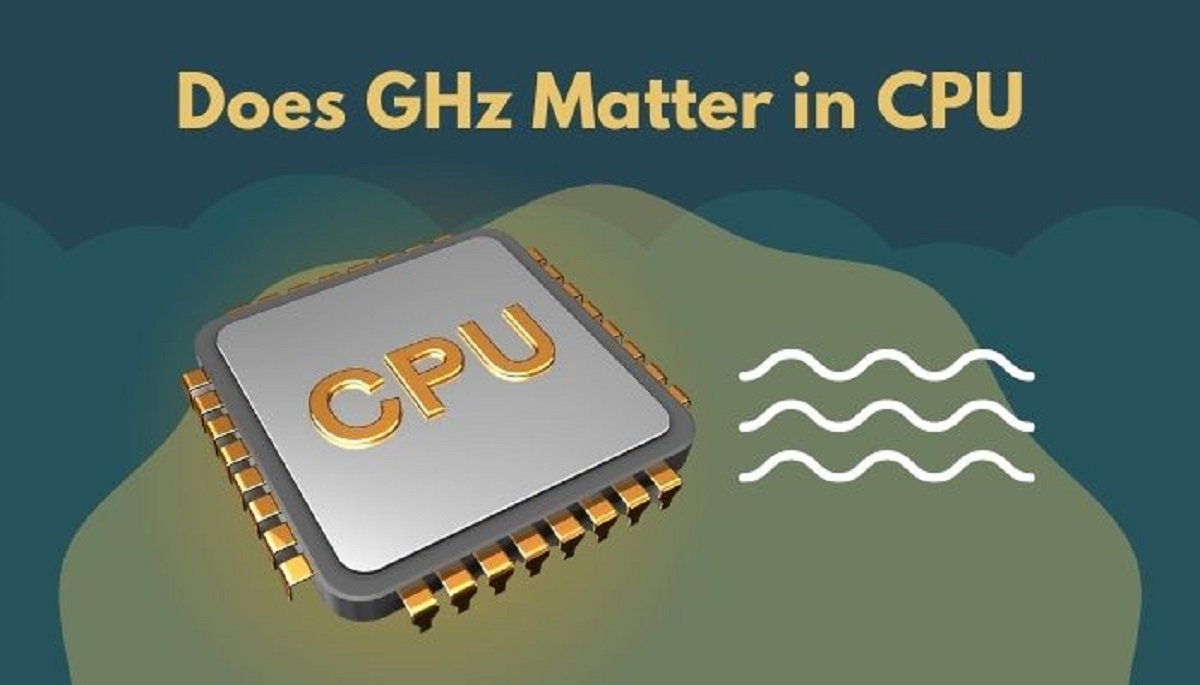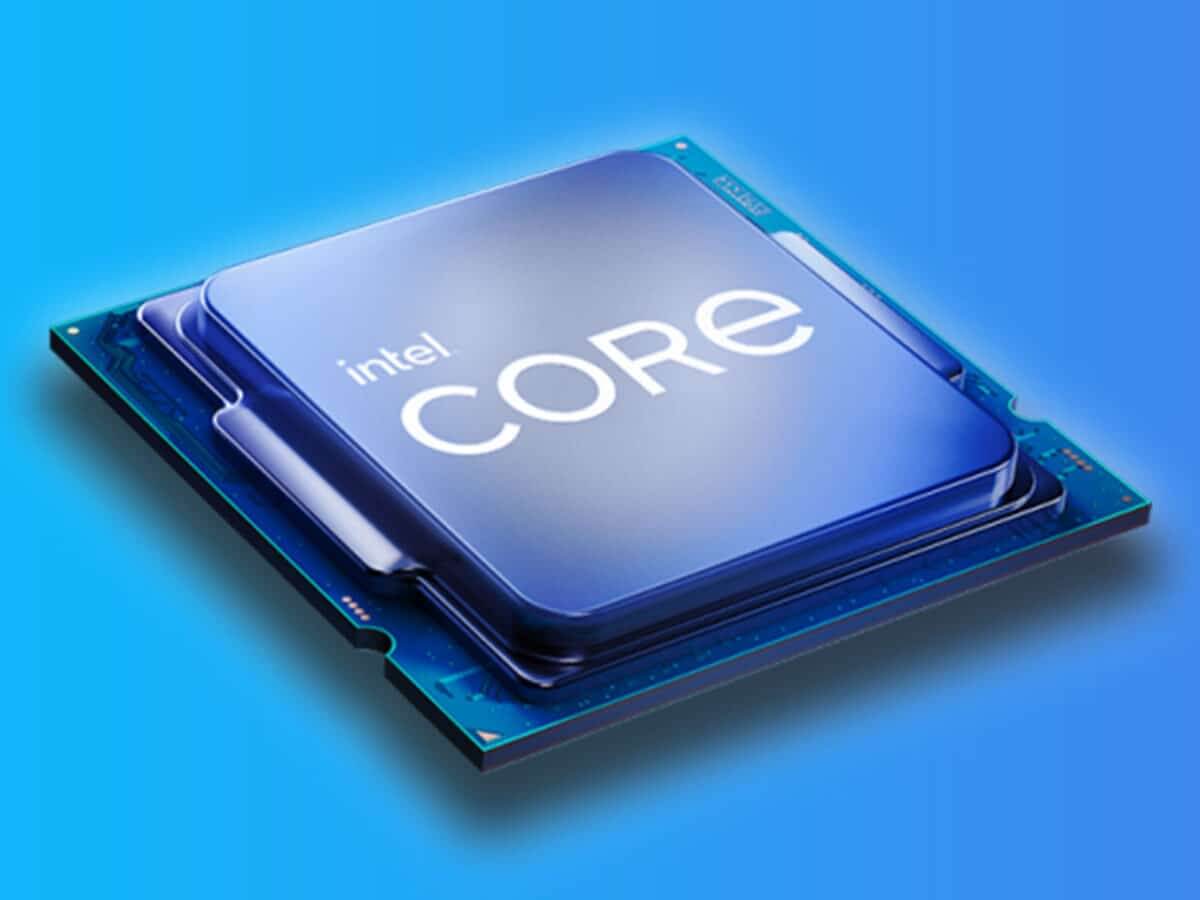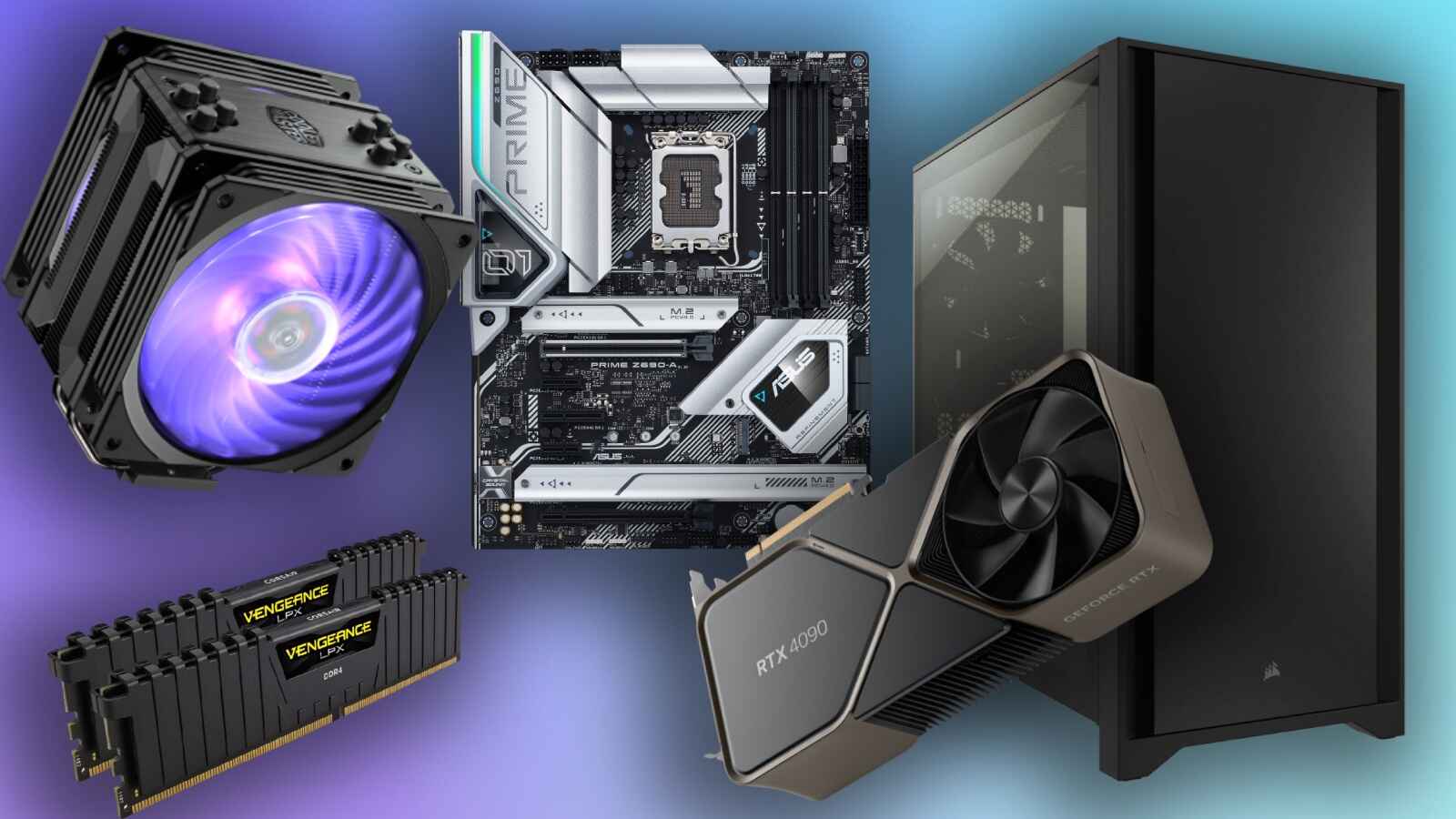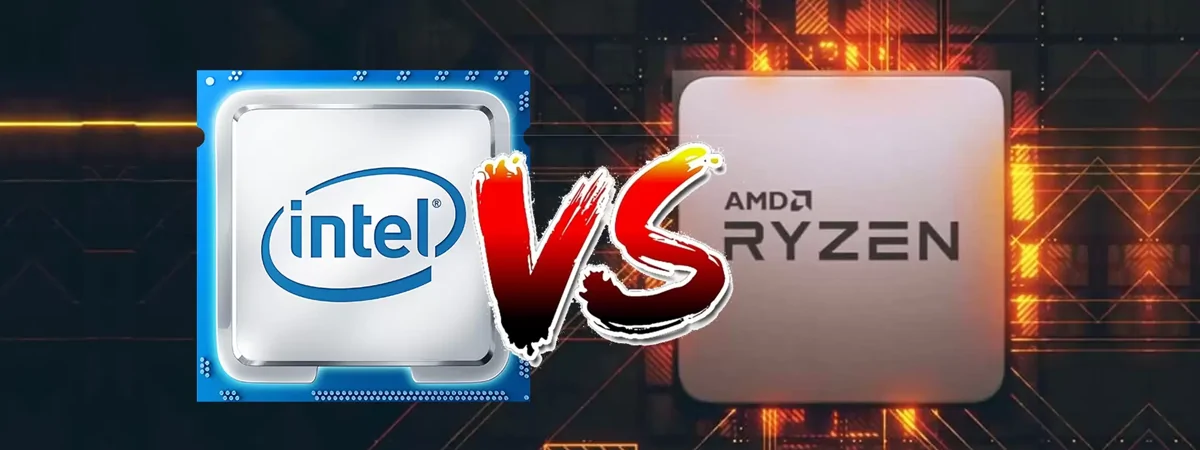What are Threads?
Threads are a fundamental concept in computer science and play a crucial role in the functioning of a CPU. A thread can be defined as a sequence of instructions that can be executed independently by a CPU. Think of threads as small units of execution within a program that can perform tasks simultaneously.
Threads allow for concurrent execution of code, enabling multiple operations to be performed at the same time. This parallelism is particularly useful in situations where tasks can be divided and executed independently, resulting in improved performance and efficiency.
Unlike traditional programming, where code is executed sequentially, threads provide a way to achieve multitasking and process multiple tasks concurrently. Each thread has its own set of instructions and data, allowing them to work independently of each other.
For example, imagine a web browser that needs to simultaneously load multiple web pages, handle user input, and render graphics. By utilizing threads, the browser can assign specific tasks to different threads, ensuring that each operation is carried out efficiently without causing delays or interruptions.
In essence, threads allow for parallelism and concurrency, enabling programs to execute multiple tasks simultaneously and effectively utilize the resources of a CPU.
In the next sections, we will explore how threads work in a CPU, the benefits of using threads, and the various types of threads that exist.
Definition of CPU Threads
In the context of CPUs, a thread is a sequence of instructions that can be executed independently by a processor. It represents a single flow of control within a program, capable of performing operations in parallel with other threads. Each thread has its own program counter, which keeps track of the next instruction to be executed.
A CPU thread is closely associated with the concept of multitasking, which allows the computer to perform multiple tasks simultaneously. By dividing a program into multiple threads, the CPU can switch between them rapidly, giving the illusion of concurrent execution. This rapid switching, known as context switching, enables efficient utilization of the CPU’s resources.
CPU threads can be implemented in different ways, depending on the architecture of the processor. Some processors support hardware multitasking, where multiple threads are executed simultaneously on different cores or logical processors. This allows for true parallel execution, as each thread is assigned to a separate processing unit.
In other cases, software solutions are used to achieve multitasking. These solutions involve time-slicing, where the CPU switches between different threads in a round-robin fashion. Each thread is given a certain amount of time to execute, and then the CPU switches to the next thread. This method allows for the illusion of parallelism, despite being executed on a single processor or core.
It is important to note that CPU threads are not the same as processes. A process is an instance of a program running on a CPU, which can consist of one or more threads. While processes provide isolation and resource management, threads within a process share the same memory space and resources.
In summary, CPU threads are sequences of instructions that can be executed independently by a processor. They allow for multitasking and parallel execution of tasks, optimizing the use of CPU resources. Whether implemented in hardware or through software, threads play a critical role in modern computing systems.
How Threads Work in a CPU
Threads are an integral part of how a CPU operates and can significantly impact the performance and efficiency of a computing system. Understanding how threads work within a CPU is crucial for optimizing the execution of tasks and achieving effective multitasking.
When a program is executed, it is divided into one or more threads, each representing a specific unit of work. These threads are scheduled by the operating system or the application itself and are then executed by the CPU. The CPU allocates a portion of its processing power and resources to each thread, allowing them to perform their tasks concurrently.
At the hardware level, a CPU typically consists of multiple cores, each capable of executing threads simultaneously. In multi-core processors, threads can be distributed across different cores, enabling true parallel execution. This allows for higher throughput and faster completion of tasks since multiple threads are processed at the same time.
In addition to multiple cores, CPUs also employ various techniques to optimize the execution of threads. These techniques include pipeline processing, where different stages of the thread’s execution are overlapped for improved efficiency, and speculative execution, where the CPU predicts the outcome of a future instruction and executes it in anticipation.
Threads within a CPU also interact with the memory subsystem. Each thread is assigned a dedicated portion of memory, known as a stack, where it stores its local variables and function calls. Multiple threads within a program share the same memory space, allowing for efficient communication and data sharing.
Thread synchronization is another important aspect of how threads work in a CPU. Since threads can access shared resources, such as memory or devices, it is necessary to coordinate their actions to prevent conflicts and ensure data integrity. Techniques like mutexes, semaphores, and locks are used to manage concurrent access to shared resources and maintain consistency.
The scheduling of threads is managed by the operating system or the software application itself. The scheduler determines which threads to execute and for how long, taking into account factors like thread priority, resource availability, and fairness. The goal is to maximize CPU utilization and responsiveness while ensuring that critical tasks receive appropriate attention.
In summary, threads in a CPU enable concurrent execution of tasks, leveraging multiple cores and efficient memory management. The CPU’s architecture, including the number of cores and optimization techniques, plays a significant role in thread execution. Additionally, thread synchronization and scheduling are critical for managing shared resources and ensuring efficient use of CPU resources.
Benefits of Using Threads
Utilizing threads in software development offers several benefits that can enhance the performance, efficiency, and responsiveness of an application. Let’s explore some of the key advantages of using threads:
- Concurrency and Parallelism: Threads enable concurrent execution, allowing multiple tasks to be processed simultaneously. This leads to improved performance and faster completion of operations, especially on multi-core CPUs where threads can be executed in parallel.
- Responsiveness: By using threads, an application can remain responsive even while performing resource-intensive tasks. By offloading time-consuming operations to separate threads, the user interface remains smooth and responsive, ensuring a better user experience.
- Efficient Resource Utilization: Threads allow for efficient utilization of system resources. By dividing a program into multiple threads, each thread can perform a specific task, avoiding bottlenecks and maximizing CPU and memory usage.
- Task Decomposition: Threads provide a natural way to decompose complex tasks into smaller, more manageable units. This not only simplifies the development process but also allows for easier debugging, maintenance, and code reuse.
- Scalability: With threads, applications can scale and handle increased workloads more effectively. By assigning tasks to multiple threads, the system can handle additional requests or user interactions without experiencing a significant slowdown.
- Asynchronous Operations: Threads are widely used for asynchronous programming, allowing long-running operations to be performed in the background while the program remains responsive. This is particularly useful in situations where tasks may take an unpredictable amount of time to complete.
- Modular and Flexible Design: Threads facilitate modular and flexible software design. By separating different components of an application into threads, developers can focus on individual parts independently, making it easier to maintain, update, and add new features to the application.
- Improved System Stability: Threads play a crucial role in system stability and fault tolerance. By isolating critical tasks in their own threads, errors or crashes in one thread are less likely to affect the overall system, enhancing reliability and robustness.
In summary, the use of threads in software development brings numerous benefits, including concurrency, responsiveness, efficient resource utilization, task decomposition, scalability, asynchronous operations, modular design, and system stability. These advantages make threads a valuable tool for optimizing performance and delivering high-quality applications.
Multithreading vs Multiprocessing
When it comes to achieving parallel execution and improving performance, two common approaches are multithreading and multiprocessing. While they both involve performing tasks simultaneously, there are key differences between the two. Let’s explore them:
Multithreading: Multithreading refers to the execution of multiple threads within a single process. Threads within a process share the same memory space, allowing for efficient communication and data sharing. Multithreading is commonly used when tasks can be divided into smaller units that can execute concurrently. It provides benefits such as reduced overhead and memory usage, faster communication between threads, and improved responsiveness due to shared resources.
Multiprocessing: Multiprocessing, on the other hand, involves the execution of multiple processes simultaneously. Each process runs independently and has its own memory space. Multiprocessing is typically used in scenarios where tasks are more independent and can be allocated to different processors or cores. It provides advantages such as true parallelism on multi-core systems, improved stability due to process isolation, scalability, and fault tolerance.
The key differences between multithreading and multiprocessing can be summarized as follows:
- Concurrency vs Parallelism: Multithreading focuses on concurrent execution, allowing multiple threads to run concurrently within a single process. Multiprocessing, on the other hand, aims for parallel execution by distributing tasks across multiple processes, each running independently.
- Memory and Resource Usage: Multithreading involves sharing memory and resources, which can result in lower memory overhead and efficient communication between threads. In multiprocessing, each process has its own memory space, which can lead to higher memory usage but also provides process isolation and better stability.
- Communication and Synchronization: In multithreading, communication and synchronization between threads are relatively easier due to shared memory. Inter-thread communication can be achieved through shared variables or message passing. In multiprocessing, communication between processes is more complex and typically involves inter-process communication mechanisms like pipes, sockets, or message queues.
- Scalability: Multiprocessing offers better scalability as tasks can be distributed across multiple processors or cores, leading to improved performance on systems with more resources. Multithreading, on the other hand, may face limitations due to factors such as contention for shared resources or synchronization overhead.
Both multithreading and multiprocessing have their place in different scenarios, and the choice between them depends on various factors such as the nature of tasks, available resources, scalability requirements, and synchronization needs.
In summary, multithreading focuses on concurrent execution within a single process, sharing memory and resources, while multiprocessing involves parallel execution by distributing tasks across multiple independent processes. Understanding the differences between these two approaches is crucial for selecting the most appropriate strategy for optimizing performance and resource utilization in different software applications.
Types of Threads
Threads come in different types, each serving a specific purpose and offering unique characteristics. Understanding the different types of threads can help developers choose the most appropriate threading model for their applications. Let’s explore some of the common types of threads:
- User-level Threads (ULTs): User-level threads are managed entirely by user-level libraries or the application itself, without direct involvement from the operating system. ULTs offer flexibility and efficiency since thread management is lightweight. However, ULTs may suffer from limited scalability and can impact the responsiveness of the entire system if one thread blocks or is waiting for a resource.
- Kernel-level Threads (KLTs): Kernel-level threads are managed and supported by the operating system. Each thread is represented and scheduled by the kernel, allowing for true parallel execution on multiple cores. KLTs provide better reliability and can handle blocking or waiting threads more effectively. However, the overhead of context switching between KLTs can be higher compared to ULTs.
- Hybrid Threads: Hybrid threads combine the advantages of both ULTs and KLTs by linking user-level threads to kernel-level threads. This model allows for efficient management of threads at the user level while leveraging the parallelism capabilities of the operating system. Hybrid threads offer the benefits of scalability, responsiveness, and reliability.
- Daemon Threads: Daemon threads, also known as background threads, are threads that run in the background and provide supporting tasks for the main threads of an application. These threads are designed to execute specific tasks without affecting the main program’s flow. Daemon threads are commonly used for tasks such as garbage collection, monitoring, or other maintenance tasks.
- I/O Threads: I/O threads are specifically designed to handle input and output operations, such as reading from or writing to files, sockets, or other external resources. These threads are optimized for efficient I/O handling and can significantly improve the performance of applications that heavily rely on I/O operations.
- Thread Pools: Thread pools are a managed collection of threads that are created and maintained in advance, ready to handle tasks as they arrive. They provide a pool of reusable threads, reducing the overhead of creating and destroying threads for each task. Thread pools are commonly utilized in server applications, web servers, or any application that requires handling multiple concurrent requests.
Each type of thread offers its own benefits and trade-offs, depending on the specific requirements of the application. It’s important to consider factors such as scalability, responsiveness, resource utilization, and the nature of tasks when selecting the appropriate threading model.
In summary, the different types of threads, including user-level threads, kernel-level threads, hybrid threads, daemon threads, I/O threads, and thread pools, provide developers with flexibility and options for achieving concurrency and parallelism in their applications. Choosing the right type of thread model is crucial for optimizing performance, responsiveness, and resource management in multi-threaded programs.
Thread Synchronization and Coordination
When multiple threads are executing concurrently, proper synchronization and coordination are essential to ensure that the threads work together effectively and avoid conflicts or inconsistencies. Thread synchronization involves managing access to shared resources and coordinating the execution of threads. Let’s explore some common synchronization techniques:
- Mutex: A mutex, short for mutual exclusion, is a synchronization primitive used to protect shared resources. It allows only one thread to access a critical section of code or data at a time. Threads requesting access to the mutex are blocked until it is released by the owning thread. Mutexes ensure that only one thread can modify shared resources, preventing race conditions and data corruption.
- Semaphore: A semaphore is a synchronization object used to control access to a specific number of resources. It allows a finite number of threads to access a shared resource concurrently. Semaphores use a counter to keep track of the available resources. When a thread wants to access the resource, it decrements the counter. If the counter reaches zero, the semaphore blocks subsequent requests until resources become available.
- Condition Variable: Condition variables are used for signaling and thread synchronization. They allow threads to wait until a certain condition is met before proceeding. Condition variables are typically used in conjunction with mutexes to avoid race conditions. When a thread waits on a condition variable, it releases the associated mutex, allowing other threads to proceed. When the condition is signaled or broadcasted, the waiting threads are awakened and can acquire the mutex to continue their execution.
- Read-Write Lock: A read-write lock allows multiple threads to read a shared resource simultaneously, but only one thread can have exclusive write access. This can improve performance when the majority of operations involve reading, with infrequent updates. Read locks can be acquired concurrently, but write locks block all other threads until the writing thread has completed its operation.
- Barriers: Barriers are synchronization mechanisms used to ensure that a group of threads reach a certain point before any of them can proceed further. Threads wait until all participants have reached the barrier, at which point they are released simultaneously. Barriers are commonly used in scenarios where tasks need to be synchronized at specific execution points.
Proper thread synchronization and coordination are crucial to prevent race conditions, deadlocks, and other concurrency-related issues. It’s important to carefully design and implement synchronization mechanisms in multi-threaded programs to ensure correct and efficient execution.
In summary, thread synchronization and coordination are vital to manage access to shared resources and coordinate the execution of threads. Techniques such as mutexes, semaphores, condition variables, read-write locks, and barriers are used to enforce proper synchronization and prevent data inconsistencies or conflicts in multi-threaded applications.
Challenges in Implementing Threaded Programs
While threading can bring numerous benefits to software development, implementing threaded programs also presents several challenges that developers must address. Understanding and overcoming these challenges is essential to ensure the correctness, reliability, and performance of multi-threaded applications. Let’s explore some of the common challenges in implementing threaded programs:
- Thread Safety: Ensuring thread safety is crucial when multiple threads access shared resources concurrently. Developers must carefully synchronize access to shared data structures and variables to avoid race conditions or data corruption. Proper use of synchronization primitives, such as mutexes, is essential to maintain data integrity.
- Deadlocks: Deadlocks occur when two or more threads are blocked indefinitely, waiting for each other to release resources. Avoiding deadlocks requires careful resource allocation and ordering. Techniques such as resource ordering, lock hierarchies, and deadlock detection algorithms can be employed to prevent deadlocks from occurring.
- Concurrency Bugs: Concurrency bugs are issues that arise due to unexpected interactions between threads. These bugs can be challenging to reproduce and debug. Common examples include race conditions, where the outcome of a program depends on the exact timing of thread execution, and atomicity violations, where multiple operations on shared data are not performed atomically.
- Thread Interference: Thread interference occurs when the execution of one thread affects the behavior or correctness of another thread. Interference can lead to inconsistent or unpredictable results. Effective strategies for minimizing thread interference include proper synchronization and isolation of shared resources.
- Performance Bottlenecks: Threads require proper load balancing to achieve optimal performance. Load imbalances can lead to underutilization of system resources or increased contention for shared resources. Techniques such as workload partitioning, task scheduling, and load monitoring can be employed to address performance bottlenecks.
- Debugging and Testing: Debugging and testing threaded programs can be challenging due to non-deterministic behavior and timing dependencies. Reproducing and diagnosing issues that occur only under specific thread interleavings can be time-consuming. Techniques such as systematic testing, stress testing, and employing debugging tools specifically designed for multi-threaded applications can aid in identifying and fixing issues.
Addressing these challenges requires a solid understanding of concurrency concepts, careful design, and rigorous testing. Best practices include acquiring locks and synchronization primitives in a consistent order, minimizing shared mutable state, designing for thread safety, and ensuring proper error handling and exception management.
In summary, implementing threaded programs presents challenges such as ensuring thread safety, preventing deadlocks, dealing with concurrency bugs, managing thread interference, optimizing performance, and debugging and testing. By understanding and addressing these challenges, developers can create robust, efficient, and reliable multi-threaded applications.
Common Applications of Threaded Programming
Threaded programming is widely used in various domains to enhance performance, responsiveness, and resource utilization in software applications. Let’s explore some common applications where threaded programming is commonly employed:
- Web Servers: Threaded programming is extensively used in web servers to handle multiple concurrent requests efficiently. Each request can be processed in a separate thread, allowing the server to handle a large number of simultaneous connections and provide a responsive experience to users.
- Data Processing and Analytics: Threaded programming is particularly useful for data processing and analytics tasks. By dividing the workload into multiple threads, data can be processed and analyzed in parallel, significantly reducing the time required to perform complex computations and calculations.
- Real-time Applications: Real-time applications that require immediate response to user input, such as video games or audio processing, benefit greatly from threaded programming. By utilizing separate threads, real-time tasks can be processed in parallel with other tasks, ensuring smooth and responsive user experiences.
- Simulation and Modeling: Threaded programming is commonly used in simulations and modeling applications. These applications often involve complex calculations and simulations that can be divided among multiple threads, allowing for faster and more accurate results.
- Database Systems: Database systems often utilize threaded programming to handle concurrent database operations efficiently. Multiple threads can be used to process queries, perform database updates, and handle transaction management, improving the overall performance and scalability of the system.
- Parallel Computing: Threaded programming is a key enabling technology for parallel computing, where computations are performed simultaneously on multiple processing units. This is commonly used in scientific computing, numerical simulations, and other computationally intensive tasks.
- Network Programming: Threaded programming is commonly employed in network programming to handle simultaneous client connections and network protocols. Each connection can be managed by a separate thread, allowing for efficient communication, data processing, and event handling.
- GUI Applications: Graphical User Interface (GUI) applications can benefit from threaded programming to maintain responsiveness while performing computationally intensive tasks. By offloading heavy operations to separate threads, GUI interactions remain smooth and uninterrupted.
These are just a few examples of the wide range of applications that can benefit from threaded programming. The ability to perform tasks concurrently and utilize the available hardware resources efficiently makes threaded programming a powerful tool for improving performance, scalability, and responsiveness in various domains.
In summary, threaded programming finds applications in web servers, data processing, real-time systems, simulations, database systems, parallel computing, network programming, graphical user interfaces, and more. By leveraging threads, these applications can achieve enhanced performance, improved scalability, and better resource utilization.
Conclusion
Threaded programming is a crucial technique in software development that enables concurrent execution of tasks, improving performance, responsiveness, and resource utilization. By dividing a program into multiple threads, developers can leverage parallelism to process multiple operations simultaneously, leading to faster execution and improved efficiency.
In this article, we have explored the concept of threads and how they work within a CPU. We have discussed the benefits of using threads, including concurrency, responsiveness, efficient resource utilization, task decomposition, scalability, asynchronous operations, and modular design.
Moreover, we have examined the different types of threads, including user-level threads, kernel-level threads, hybrid threads, daemon threads, I/O threads, and thread pools. Each type offers its own advantages and trade-offs, providing developers with flexibility and options for achieving concurrency and parallelism in their applications.
We have also discussed the challenges involved in implementing threaded programs, such as thread safety, deadlocks, concurrency bugs, thread interference, performance bottlenecks, and debugging and testing complexities. By understanding and addressing these challenges, developers can ensure the correctness, reliability, and performance of their multithreaded applications.
Lastly, we have explored common applications of threaded programming, ranging from web servers and data processing to real-time systems, simulations, database systems, parallel computing, network programming, and GUI applications. In each of these application domains, threaded programming plays a significant role in improving performance, scalability, and responsiveness.
In conclusion, threading is a powerful technique that enables software applications to harness the full potential of modern CPUs, providing the ability to process tasks concurrently, utilize resources effectively, and deliver efficient and responsive software solutions.







